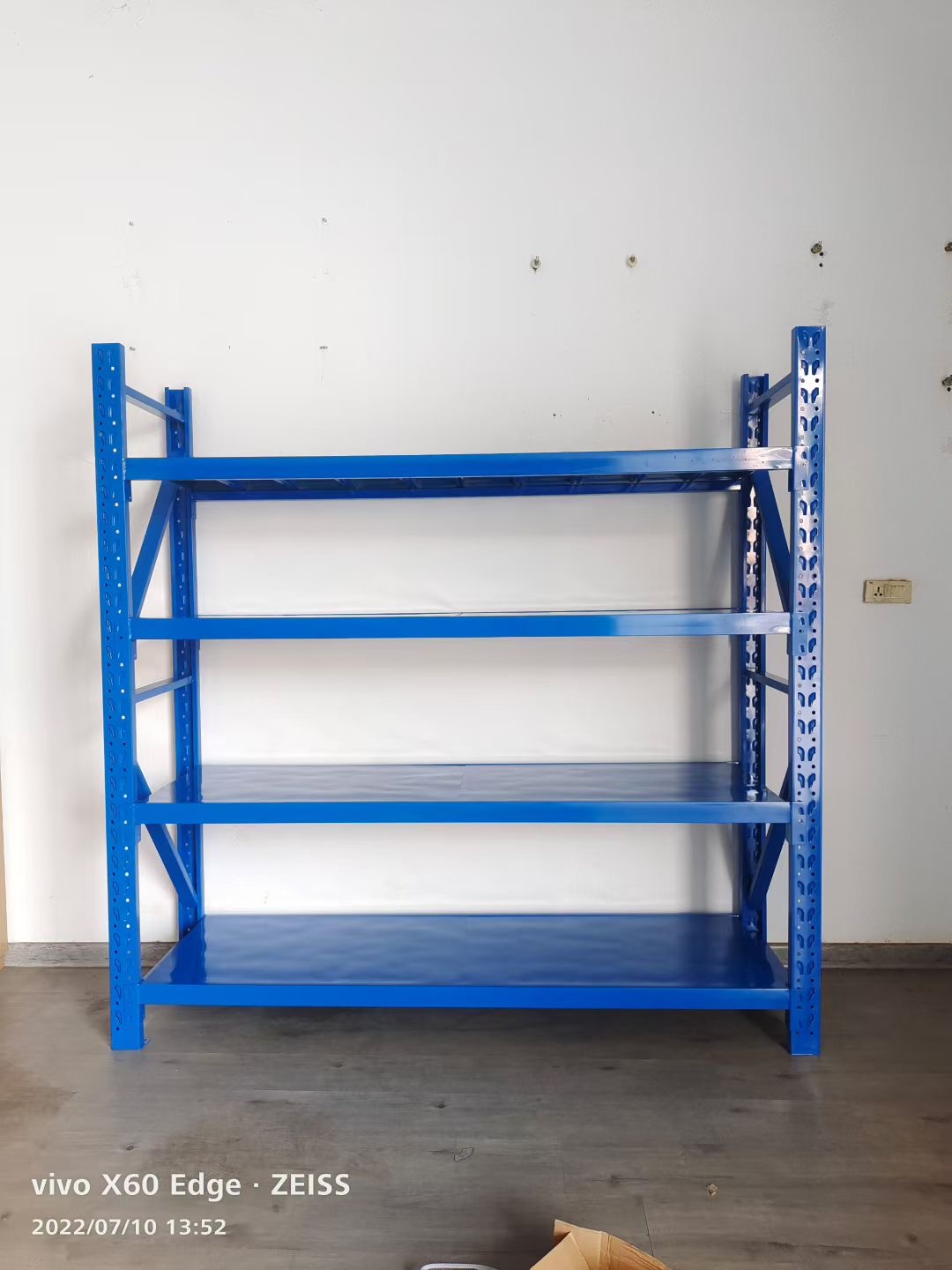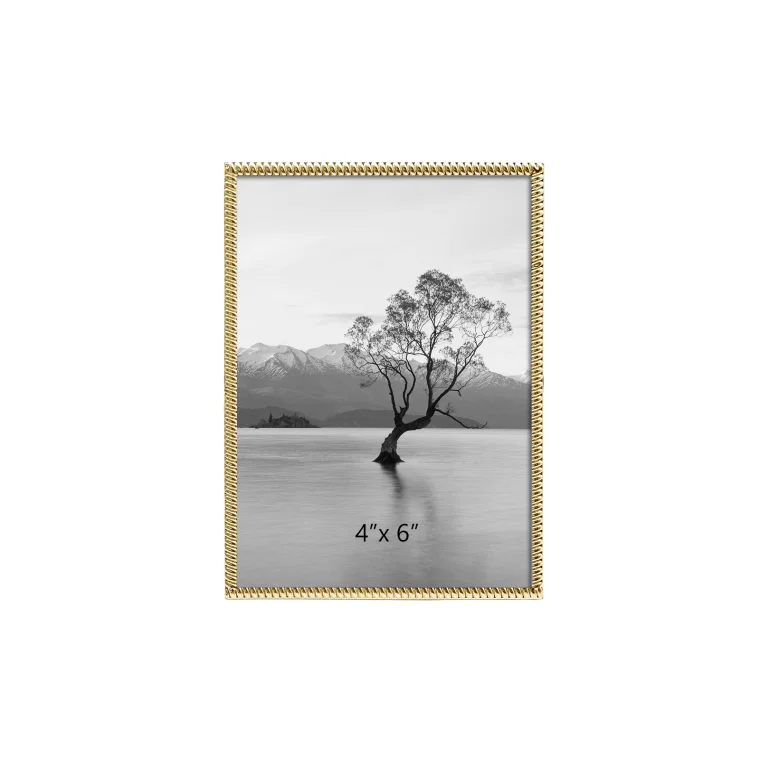Unraveling the Green Thread: Discovering the Most Eco-Friendly Fabric in the World
In an era where sustainability is at the forefront of consumer consciousness, the quest for eco-friendly materials has never been more critical. As industries strive to reduce their environmental footprint, the textile sector is under increasing scrutiny. Among the myriad of fabrics available, one question looms large: What is the most eco-friendly fabric in the world? This article delves into the characteristics, production processes, and environmental impacts of various fabrics, ultimately leading us to the most sustainable option.
Understanding Eco-Friendliness in Fabrics
Before identifying the most eco-friendly fabric, it is essential to understand what makes a fabric sustainable. Eco-friendliness in textiles can be assessed through several criteria:
- Source Material: The origin of the fibers plays a crucial role. Natural fibers derived from renewable resources are generally more sustainable than synthetic ones, which are often petroleum-based.
- Production Process: The environmental impact of the manufacturing process, including water usage, energy consumption, and chemical treatments, significantly affects a fabric's eco-friendliness.
- Durability and Lifecycle: A fabric's longevity and its ability to be recycled or biodegraded at the end of its life cycle are vital factors in determining its overall sustainability.
- Social Responsibility: Ethical labor practices and fair trade considerations also contribute to a fabric's eco-friendliness.
The Contenders: A Look at Popular Eco-Friendly Fabrics
Several fabrics are often touted as eco-friendly, each with its unique advantages and drawbacks:
- Organic Cotton: Grown without synthetic pesticides or fertilizers, organic cotton is a popular choice. However, it still requires significant water resources and land.
- Hemp: Known for its rapid growth and minimal resource requirements, hemp is a strong contender. It requires little water and no pesticides, making it a highly sustainable option.
- Tencel (Lyocell): Made from sustainably sourced wood pulp, Tencel is produced in a closed-loop process that recycles water and solvents. It is biodegradable and has a low environmental impact.
- Bamboo: While bamboo is a fast-growing plant that requires minimal resources, the processing methods can involve harmful chemicals, which raises concerns about its overall sustainability.
- Recycled Polyester: Derived from post-consumer plastic bottles, recycled polyester reduces waste and conserves resources. However, it is still a synthetic material and may shed microplastics during washing.
The Champion: Linen
After examining various contenders, linen emerges as one of the most eco-friendly fabrics in the world. Derived from the flax plant, linen boasts several sustainable attributes:
- Low Resource Requirements: Flax requires significantly less water than cotton and can thrive in poor soil conditions. This resilience makes it an ideal crop for sustainable farming.
- Biodegradability: Linen is 100% biodegradable, meaning it will break down naturally without leaving harmful residues in the environment.
- Minimal Chemical Use: The production of linen typically involves fewer chemicals compared to other fabrics, particularly when grown organically.
- Durability: Linen is known for its strength and longevity. Its durability means that products made from linen can last longer, reducing the need for frequent replacements.
- Carbon Sequestration: Flax plants absorb carbon dioxide during their growth, contributing positively to the environment by helping to mitigate climate change.
The Future of Eco-Friendly Fabrics
As the demand for sustainable textiles continues to rise, innovations in fabric production are emerging. From lab-grown materials to bio-based synthetics, the future of eco-friendly fabrics looks promising. However, consumers must remain vigilant, seeking transparency from brands regarding their sourcing and manufacturing processes.
Conclusion
In the quest for the most eco-friendly fabric, linen stands out as a champion due to its low environmental impact, durability, and biodegradability. As we navigate the complexities of sustainable fashion, it is crucial to prioritize materials that not only meet our aesthetic needs but also align with our values of environmental stewardship. By choosing eco-friendly fabrics like linen, we can contribute to a more sustainable future, one garment at a time.




